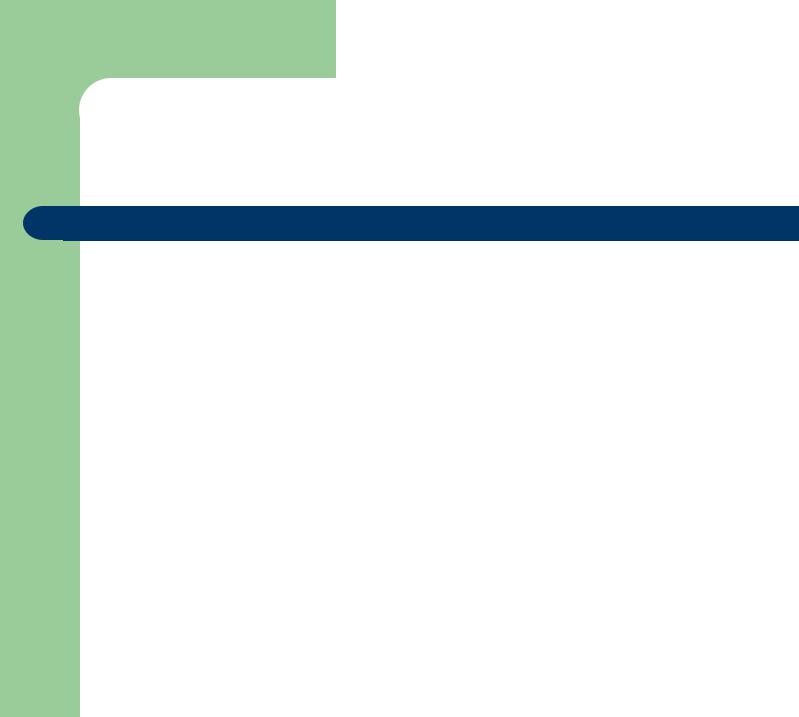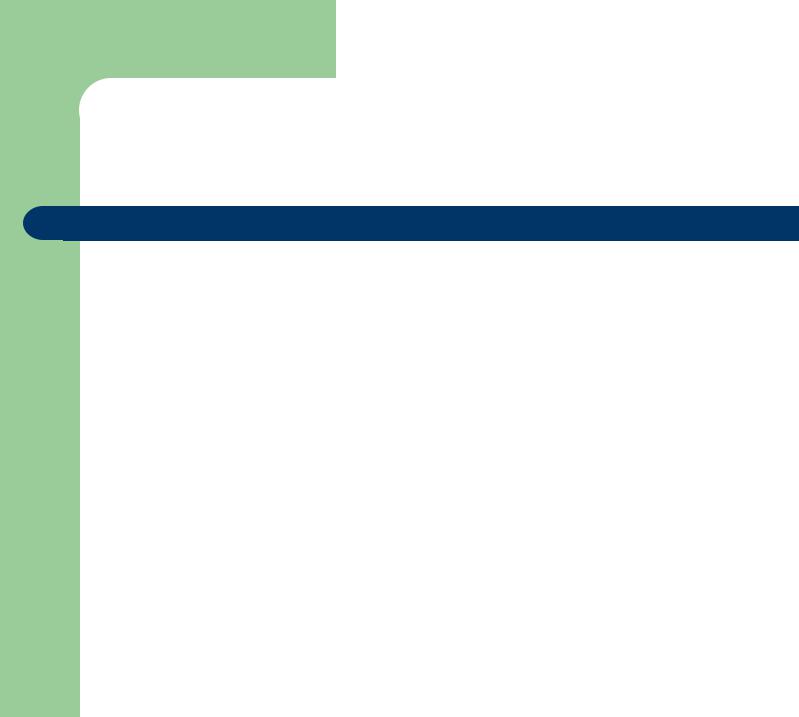
- •DDOS Attack Tools
- •DDOS - Introduction
- •DDOS Attack Tools
- •DDOS – Attack Sequence
- •Trinoo
- •DDOS Structure
- •Typical Trinoo Installation
- •Typical Trinoo Installation
- •Typical Trinoo Installation
- •Typical Trinoo Installation
- •Trinoo Communication
- •Trinoo Communication
- •Trinoo Password Protection
- •Trinoo Password Protection
- •Some Trinoo Master Commands
- •Some Trinoo Daemon Commands
- •Trinoo Fingerprints
- •Trinoo Defenses
- •Trinoo Defenses
- •Trinoo Summary
- •DDOS - Tribe Flood Network
- •TFN Fingerprints
- •TFN Fingerprints
- •TFN Fingerprints
- •TFN Defenses & Weaknesses
- •TFN Summary
- •DDOS - Stacheldracht
- •Stacheldracht
- •Stacheldracht
- •Stacheldracht
- •Stacheldracht Communication
- •Stacheldracht Commands
- •Stacheldracht Commands
- •Stacheldracht
- •Stacheldracht Fingerprints
- •Stachledracht Operation
- •Stacheldracht Operation
- •Stacheldracht Defenses
- •Stacheldracht Defenses
- •Stacheldracht Defenses
- •DDOS - mstream
- •mstream
- •mstream
- •mstream
- •Mstream Handler Commands
- •Mstream Handler Commands
- •Mstream Agent Commands
- •Mstream Fingerprints
- •Mstream Summary
- •DDOS - Shaft
- •Shaft
- •Shaft
- •Shaft Agent Commands
- •Shaft Agent Commands (Sent)
- •Shaft Detection
- •Shaft Detection
- •Shaft Detection
- •Shaft Detection
- •Shaft Summary
- •DDOS – Tribe Flood Network 2000
- •TFN2K Summary
- •TFN2K Detection

Shaft Detection
TCP sequence # is fixed: 0x28374839
Scan for open port 20432 may reveal the presence of a handler.
Sending ‘alive’ messages with the default password to all nodes on a network at port 18753/udp. This may fake the agent into thinking you are the handler.
Look for fixed sequence # in packets.

Shaft Summary
Same basic features as Trinoo,TFN
Focus on statistics tells attacker how many machines are needed to hose a network.
Ability to shift handlers and ports makes IDS defense more difficult.

DDOS – Tribe Flood Network 2000
TFN2K

TFN2K
Aimed at Solaris, Linux and Windows NT.
2 component system: command driven client on the master and daemon operating on an agent.
Master instructs its agents to attack a list of designated targets. Agents flood targets with packet barrage.
Master/agent – encrypted communications

TFN2K
Commands are sent via TCP/UDP/ICMP or all 3 at random.
Uses TCP/SYN, UDP, ICMP/PING, smurf attacks against victims. Can randomly alternate between all of them.
Master/Agent packet headers are randomized. ICMP always uses ICMP_ECHOREPLY type code. TFN2K doesn’t ack commands.

TFN2K
Commands aren’t string based. They are of form: +<id>+<data> where <id> is a single byte denoting a particular command and <data> represents the command parameters.
All commands are encrypted using a keybased CAST-256 algorithm (RFC 2612). The key is defined at compile time.
All data is Base 64 encoded before sent.

TFN2K
UDP packet length (defined in the UDP header) is 3 bytes longer than actual length.
TCP header length is always 0. Should never be this way.
Hard to detect because all control communication is unidirectional, uses TCP, UDP, ICMP randomly
Multiple protocol packets with same payload.
